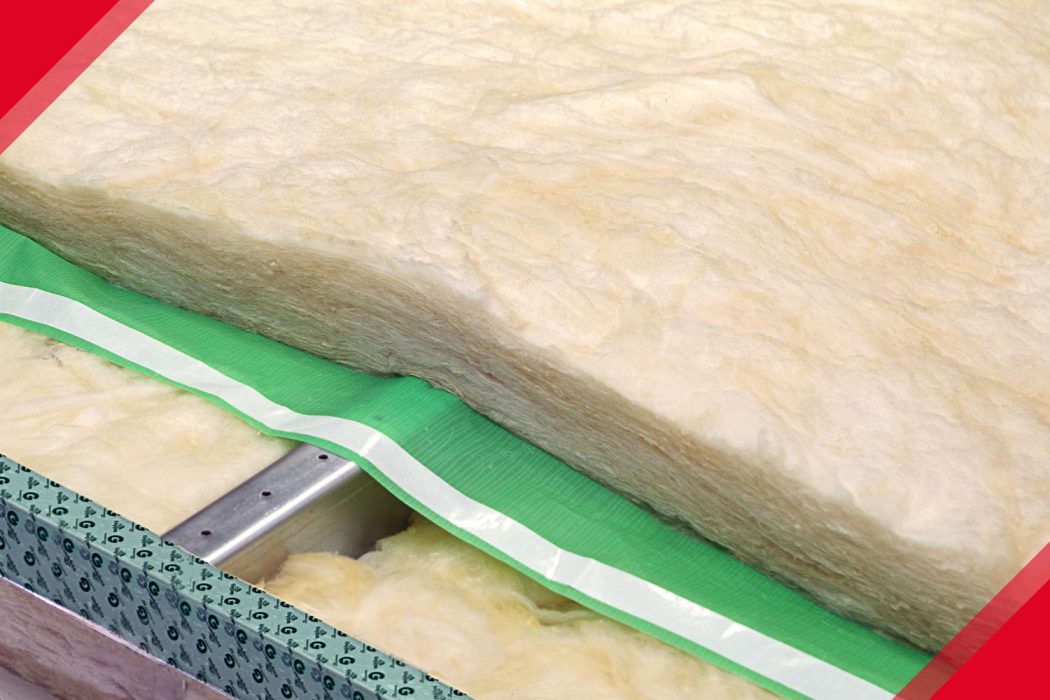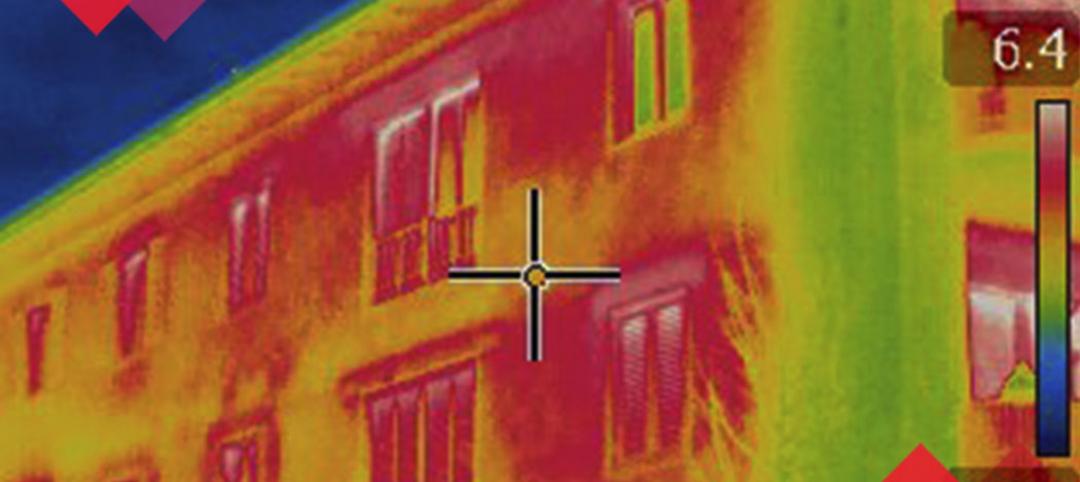The next commercial energy code cycle for most states is the IECC 2015 code and ASHRAE 90.1-2013 alternative path. For some states, the new code has already gone into effect as of January 1, 2017, but the exact timing of implementation depends on each state. Remember that each state is in a code cycle, which lasts two to three years. So, theoretically, your state could switch in the next few months or in a few years. Check the status of your state energy code at energycodes.gov.
Also, before you continue reading about the latest code cycle, you might want to revisit my primer on ensuring commercial code compliance in a post I wrote back in 2014. That blog breaks down a lot of the background information pertinent to understanding the current code landscape, such as the difference between IECC and ASHRAE.
Which States Have Made the Jump
- Alabama
- California
- Illinois
- Maryland
- Massachusetts
- Michigan
- New Jersey (adopted ASHRAE 90.1-2013)
- New York
- Oregon
- Utah
- Texas
- Vermont (state-specific code modeled after IECC 2015)
- Washington
Also, the new code cycle will be effective in Georgia January 1, 2018.
An Overview: IECC 2015 and ASHRAE 90.1-2013
First, it’s important to know that I base the most recent code cycle changes on comparisons of the IECC 2012 code and the ASHRAE 90.1-2010 Standard. If your state’s current code is based on the older IECC 2009 and ASHRAE 90.1-2007 Standard, you will see more significant envelope changes. Many states currently at the IECC 2009 code are bypassing IECC 2012 altogether and adopting IECC 2015. This is a large jump, and many metal building contractors will feel the pressure. If you haven’t used Liner Systems (Ls) or Filled Cavity/Long Tab Systems in the past, you will be required to start using them.
The choices are the same for the rest of the envelope. The building designer will have to make the decision to pursue either IECC 2015 or ASHRAE 90.1-2013. Once that decision is made, the entire building envelope, including mechanicals and lighting, must follow the same path.
Liner Systems (Ls) and Long Tab Banded Systems (FC): What’s the Difference?
First, liner systems (Ls) such as OptiLiner® are typically proprietary and, as you probably guessed, must meet ASHRAE’s requirements in order to be defined as a liner system. Long tab banded systems are usually non-proprietary and meet the specifications of a filled cavity (FC) system.







